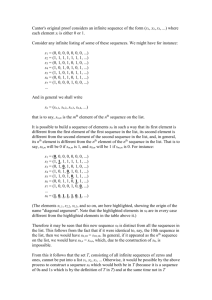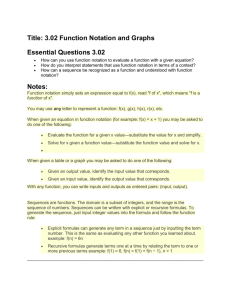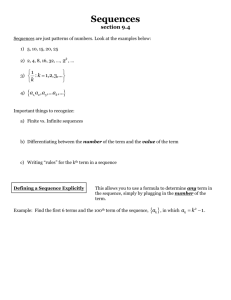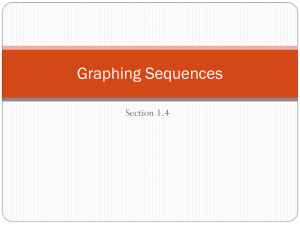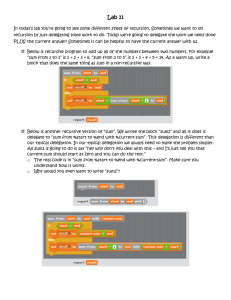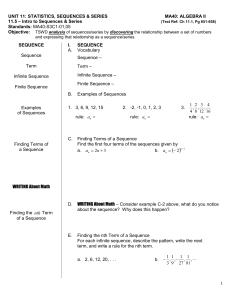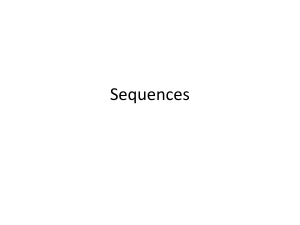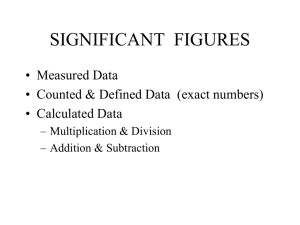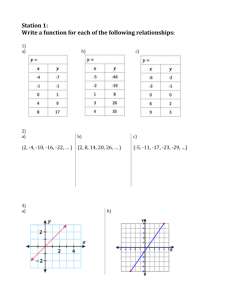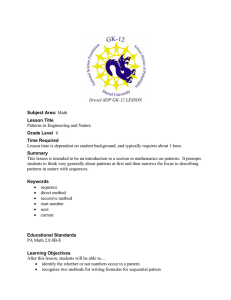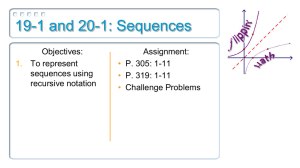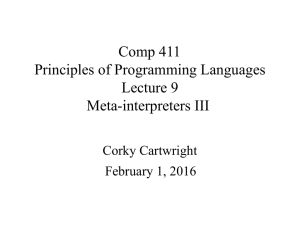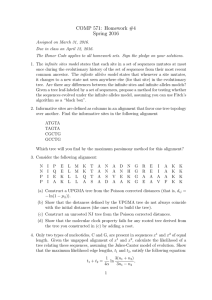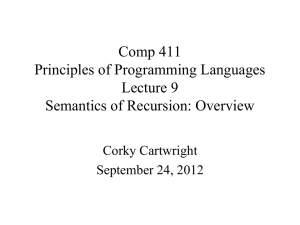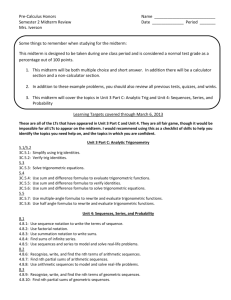The mathematics behind some sequences:
advertisement
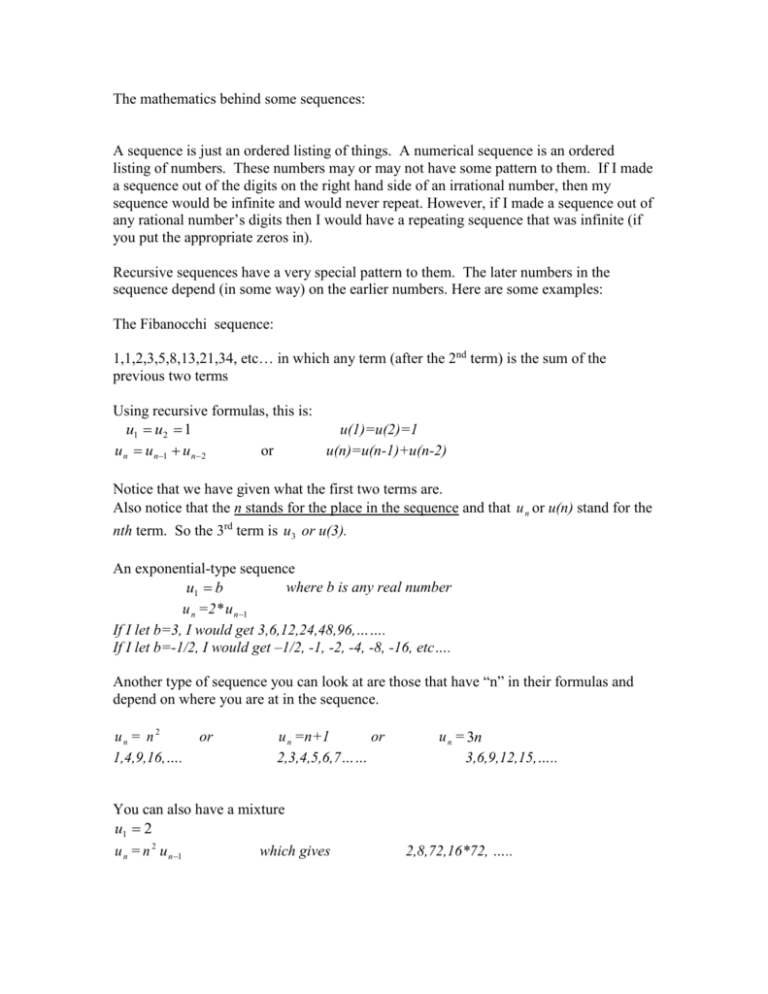
The mathematics behind some sequences: A sequence is just an ordered listing of things. A numerical sequence is an ordered listing of numbers. These numbers may or may not have some pattern to them. If I made a sequence out of the digits on the right hand side of an irrational number, then my sequence would be infinite and would never repeat. However, if I made a sequence out of any rational number’s digits then I would have a repeating sequence that was infinite (if you put the appropriate zeros in). Recursive sequences have a very special pattern to them. The later numbers in the sequence depend (in some way) on the earlier numbers. Here are some examples: The Fibanocchi sequence: 1,1,2,3,5,8,13,21,34, etc… in which any term (after the 2nd term) is the sum of the previous two terms Using recursive formulas, this is: u(1)=u(2)=1 u1 u2 1 u n u n1 u n2 or u(n)=u(n-1)+u(n-2) Notice that we have given what the first two terms are. Also notice that the n stands for the place in the sequence and that u n or u(n) stand for the nth term. So the 3rd term is u3 or u(3). An exponential-type sequence where b is any real number u1 b u n =2* u n 1 If I let b=3, I would get 3,6,12,24,48,96,……. If I let b=-1/2, I would get –1/2, -1, -2, -4, -8, -16, etc…. Another type of sequence you can look at are those that have “n” in their formulas and depend on where you are at in the sequence. un = n 2 1,4,9,16,…. or u n =n+1 or 2,3,4,5,6,7…… You can also have a mixture u1 2 u n = n 2 u n 1 which gives u n = 3n 3,6,9,12,15,….. 2,8,72,16*72, …..
